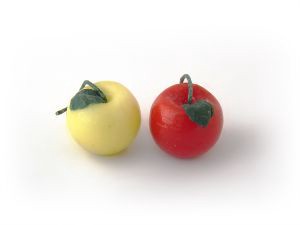True Lies

There’s a neat little thing in the Wall Street Journal detailing the shocking number of fake Renaissance jewels and decorative objects floating around private collections, many of which were palmed happily off on robber barons in the 19th century (paging Monica!):
The history of how the makers and purveyors of fake Renaissance jewels and objects operated is lucidly presented in “Jewelry and Precious Objects,” a chapter in the recently published book “Decorative Arts,” the 15th and final volume of the complete catalog of the Robert Lehman Collection at the Metropolitan Museum of Art. But the English independent scholar Charles Truman, author of that chapter, is not only reprising the revelations of the past 40 years (in which he’s played a part). Mr. Truman’s catalog entries are almost certainly going to cause consternation and controversy. Dealers and collectors are unlikely to welcome the news that there are many more fakes around than it seemed. Here is the fact with which all now have to contend: Mr. Truman, who began studying the late Robert Lehman’s 49 Renaissance and Mannerist jewels and bejeweled objects in 2007, has concluded that 34 of them are fakes.
As Weideger’s article points out, the fakes are not merely convincing, they’re often exquisite enough to overshadow the “real” work, and many are deserving of an exhibition of their own, as these gorgeous pieces by Reinhold Vasters suggest.